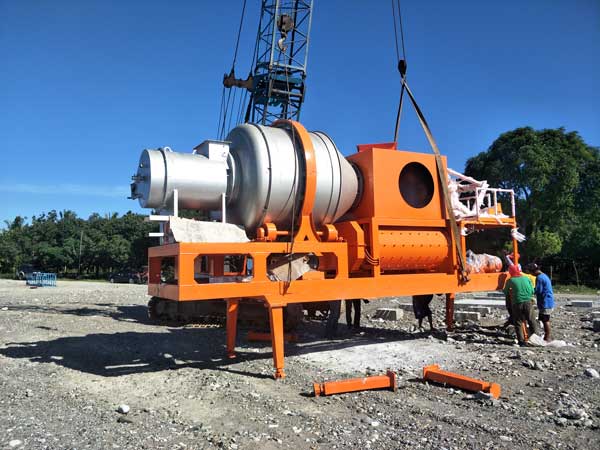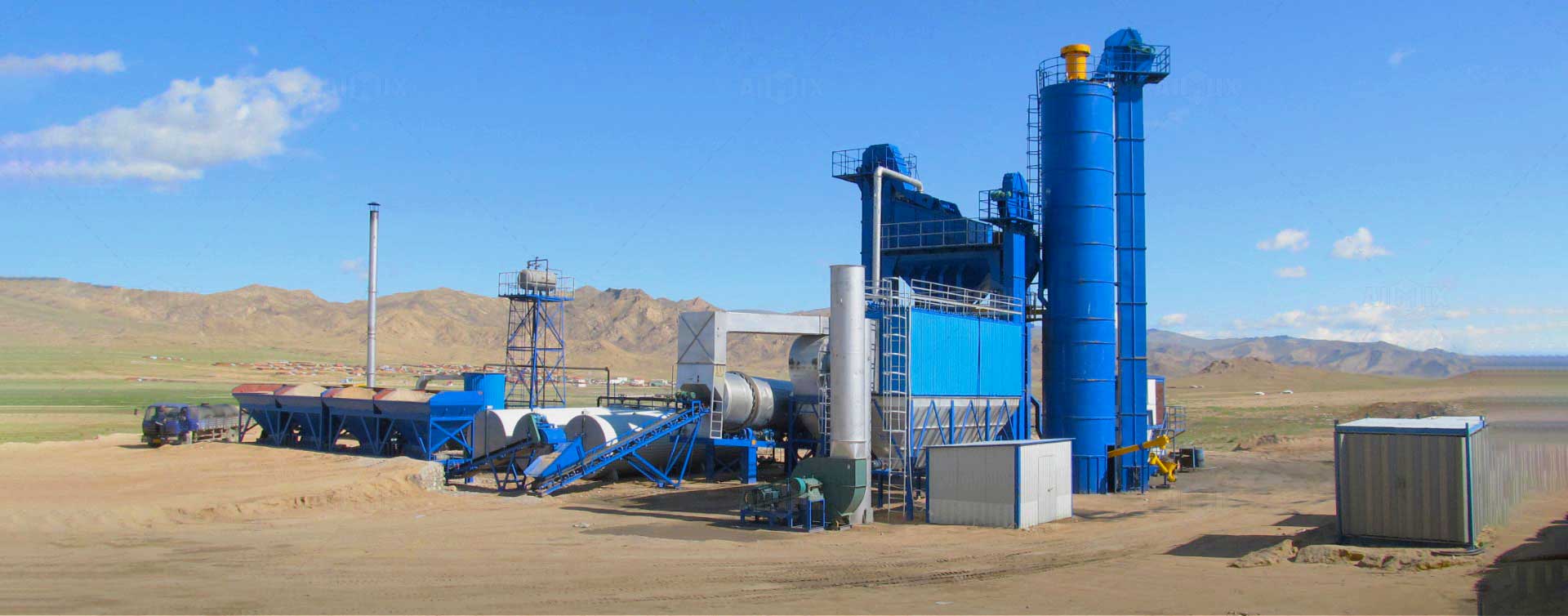Many would compare creating an asphalt mixture to mixing ingredients together for a pie. Just as bakers need to make sure they are accurate when they are measuring ingredients, a contractor will also need to make sure that they blend all of their ‘ingredients’ together by having the correct ratio of materials in order to create a final product that can be used as intended. This means that the mixture will need to be effective when it is applied to a highway or road.
When it comes to asphalt, there are two different plants that can be used when creating the mixture. These two plants are drum plants and asphalt batch plants.
What Are Asphalt Batch Plants And Their Benefits?
Asphalt batch plants are used to make smaller amounts of asphalt mixtures. This cycle is consistently repeated until the all of the mixture that is needed for the construction project has been manufactured.

There are several advantages this type of plant can bring to a construction project such as:
– They are flexible when it comes to production
– The capacity of production and size of the batch depends on how the plant is designed
– The product that is manufactured is high-quality due to the plants ability to create an accurate mixture
– Plant operators and contractors can change mix recipes due to the plant’s intermittent process for production
What Are Drum Mix Asphalt Plants And Their Benefits?
On the other hand, drum plants use a continuous process when preparing the asphalt mix. Drum plants must also use storage facilities such as silos in order to store the mixture temporarily until it is transported to the construction site or location where the asphalt will be used.
There are also several benefits of using drum plants such as:
– A continuous flow of liquid asphalt and aggregate because the production process is not interrupted
– A homogenoous mixture can be manufactured at a rate of up to 800 tons per hour through the continuous mixing process
– Offers both parallel flow and counter-flow for air flow and aggregate
– Aggregate can flow through an outer shell before it is combined with the heated air that is located inside of the chamber
– Drum plants have many configurations that is dependent on how the aggregate and heated air flow together

What Components Can Be Found In Both Plants?
There are several different types of components that can be found in both asphalt batch plants and drum plants. Cold feed bins are typically used to sort the aggregates into the dryer chamber.
A liquid asphalt storage tank, also known as a binder, is responsible for keeping the liquid component in the final mixture.
Drying chambers are important components used in both asphalt batch plants and drum plants because they use heated air to dry and heat the aggregate.
Storage silos are frequently used to in the continuous production process used in drum plants. However, they are also used in asphalt batch plants in order to increase the rate of production.
An experienced plant operator will be able to create a high-quality asphalt product regardless of the type of asphalt batch mixing plant that is used. Both offer their own unique advantages that can be used to meet the requirements and specifications of a project, learn more the components through the linkedin site:https://www.linkedin.com/showcase/asphalt-mixing-plant-in-philippines
